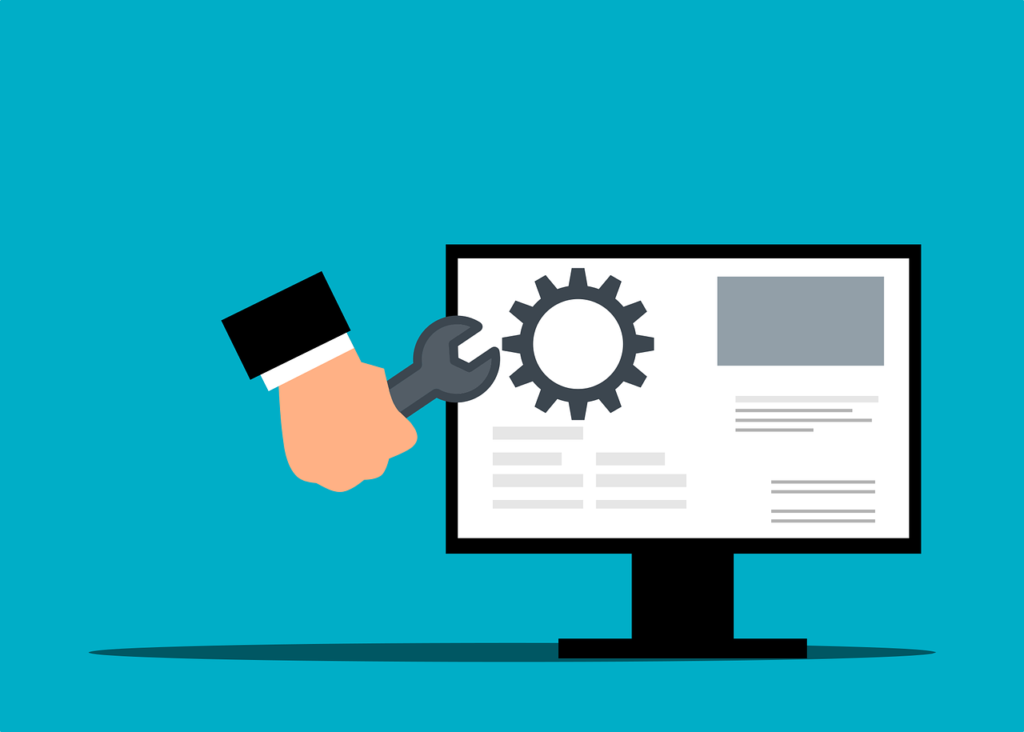Customer Relationship Management (CRM) systems are powerful tools that help businesses manage customer interactions, streamline processes, and boost sales. However, to truly leverage the power of a CRM, it needs to be customized to meet the unique needs of your business. This article explores how to customize your CRM for maximum efficiency, providing a detailed guide that covers key aspects from initial setup to ongoing optimization.
Introduction
Importance of CRM Customization
Customizing your CRM is crucial for several reasons. First, it ensures that the system aligns with your specific business processes, making it more intuitive and easier to use. Second, it helps capture the right data, enabling better decision-making and more effective customer management. Finally, customization enhances user adoption by tailoring the system to the needs of different teams and departments.
Objectives of the Article
This article aims to provide a comprehensive guide to customizing your CRM. It will cover:
- Understanding your business needs
- Choosing the right CRM platform
- Configuring the CRM system
- Customizing fields and workflows
- Integrating with other tools
- Training and support
- Ongoing optimization
Understanding Your Business Needs
Assessing Your Current Processes
Before customizing your CRM, it’s essential to understand your current business processes. This involves mapping out how your teams interact with customers, manage data, and execute tasks. Identify pain points and areas where efficiency can be improved.
Identifying Key Stakeholders
Involve key stakeholders from different departments, including sales, marketing, customer service, and IT. Their input is vital in understanding the requirements and ensuring that the CRM customization meets everyone’s needs.
Setting Clear Goals
Define clear goals for what you want to achieve with your CRM customization. These could include improving customer satisfaction, increasing sales, enhancing data accuracy, or streamlining workflows. Having specific goals will guide your customization efforts and provide a benchmark for measuring success.
Choosing the Right CRM Platform
Evaluating CRM Options
There are numerous CRM platforms available, each with its strengths and weaknesses. Evaluate different options based on factors such as ease of use, customization capabilities, integration options, and cost.
Considering Scalability
Choose a CRM platform that can grow with your business. Scalability is crucial to ensure that the system can handle an increasing volume of data and users without compromising performance.
Reviewing Integration Capabilities
Ensure that the CRM can integrate with your existing tools and systems. This includes email platforms, marketing automation tools, customer support software, and accounting systems. Seamless integration is essential for maintaining data consistency and streamlining workflows.
Configuring the CRM System
Initial Setup
Once you’ve chosen a CRM platform, the first step is to configure it according to your business needs. This involves setting up user accounts, defining roles and permissions, and configuring basic settings.
Customizing the User Interface
Tailor the user interface to make it intuitive and user-friendly. This includes customizing dashboards, views, and navigation menus to match the preferences and workflows of your users.
Setting Up Custom Fields
Custom fields allow you to capture specific information relevant to your business. Identify the data you need to collect and create custom fields to ensure that all necessary information is recorded accurately.
Designing Custom Workflows
Workflows automate repetitive tasks and ensure that processes are followed consistently. Design custom workflows that align with your business processes, such as lead nurturing, follow-up reminders, and approval processes.
Customizing Fields and Workflows
Understanding Field Types
CRM systems offer various field types, including text fields, number fields, date fields, dropdowns, and checkboxes. Choose the appropriate field type for each data point to ensure data accuracy and consistency.
Creating Custom Fields
Create custom fields to capture specific information that is not available in the default fields. This could include industry-specific data, customer preferences, or custom rating scales.
Mapping Out Workflows
Map out your business processes and identify opportunities for automation. Design workflows that automate tasks such as lead assignment, follow-up reminders, and data updates. Use visual workflow builders to create and test workflows before deploying them.
Testing and Refining Workflows
Test your workflows to ensure they function as intended. Gather feedback from users and make necessary adjustments to improve efficiency and effectiveness.
Integrating with Other Tools
Email Integration
Integrate your CRM with your email platform to track email interactions, manage contacts, and automate email campaigns. This ensures that all customer communication is captured and can be analyzed for insights.
Marketing Automation Integration
Connecting your CRM with marketing automation tools allows for seamless lead nurturing and campaign management. This integration helps track the customer journey and measure the effectiveness of marketing efforts.
Customer Support Integration
Integrate your CRM with customer support software to provide a unified view of customer interactions. This ensures that support teams have access to complete customer histories, enabling them to provide better service.
Accounting Integration
Connecting your CRM with accounting systems helps manage invoices, track payments, and monitor financial performance. This integration provides a holistic view of customer transactions and financial health.
Training and Support
Developing a Training Program
Develop a comprehensive training program to ensure that users understand how to use the customized CRM effectively. This includes initial training sessions, ongoing workshops, and access to training materials.
Providing Ongoing Support
Provide ongoing support to address any issues and answer questions. This includes having a dedicated support team, offering helpdesk services, and maintaining a knowledge base.
Encouraging User Adoption
Encourage user adoption by highlighting the benefits of the customized CRM and providing incentives for using it. Gather feedback regularly to identify areas for improvement and address any concerns.
Ongoing Optimization
Monitoring CRM Performance
Regularly monitor CRM performance to ensure it meets your business needs. This includes tracking key metrics, such as user adoption rates, data accuracy, and workflow efficiency.
Gathering User Feedback
Gather feedback from users to identify pain points and areas for improvement. Use surveys, interviews, and user testing to collect insights and make necessary adjustments.
Making Continuous Improvements
Continuously improve your CRM by implementing new features, refining workflows, and updating custom fields. Stay informed about new CRM capabilities and industry best practices to ensure your system remains effective and efficient.
Staying Updated with CRM Trends
Stay updated with the latest CRM trends and technologies to ensure your system remains competitive. This includes exploring advancements in AI, machine learning, and automation to enhance your CRM capabilities.
Conclusion
Customizing your CRM for maximum efficiency involves understanding your business needs, choosing the right platform, configuring the system, and integrating it with other tools. By following best practices for customization, training, and ongoing optimization, you can ensure that your CRM system aligns with your business processes and drives success. Embrace CRM customization to enhance data accuracy, streamline workflows, and improve customer relationships, ultimately boosting your business’s overall efficiency and performance.
FAQs
1. What are the benefits of customizing a CRM system?
Customizing a CRM system ensures that it aligns with your specific business processes, improves data accuracy, enhances user adoption, and streamlines workflows.
2. How do I choose the right CRM platform?
Evaluate CRM options based on ease of use, customization capabilities, integration options, scalability, and cost. Choose a platform that meets your business needs and can grow with your organization.
3. What are custom fields in a CRM?
Custom fields allow you to capture specific information that is relevant to your business. They can be tailored to collect industry-specific data, customer preferences, or custom metrics.
4. Why is CRM integration important?
CRM integration ensures seamless data flow between systems, improves data accuracy, enhances efficiency, and provides a unified view of customer interactions across different platforms.
5. How can I ensure user adoption of a customized CRM?
Develop a comprehensive training program, provide ongoing support, and encourage user adoption by highlighting the benefits of the customized CRM. Gather feedback regularly to address concerns and make necessary improvements.


